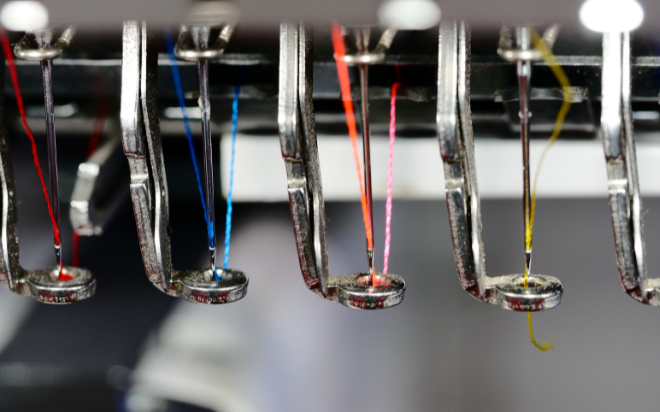
What we do
VERDEinMED will introduce a comprehensive analytical framework to assess the successful implementation of circular business models in the textile and clothing sector. This framework will identify the essential components of business model innovation, technological innovation, and social innovation, as well as the policy and behavioral changes necessary to support these innovations. The project will provide a threefold support service tailored to civil society, industry, and policymakers, outlining specific interventions required for the transition to sustainability and circularity.
The project will begin by transforming the industry to adopt sustainable practices, shifting demand towards conscious consumption. It will conclude by establishing a policy framework to support the transition of the textile and clothing sector towards sustainability and circularity.
VERDEinMED will also establish regional or national hubs, a Knowledge platform and a Support Service under a single entity, bringing together experts and knowledge from different locations.
Objectives and tasks

- Work package 1 (WP1): Reforming the industry by using sustainable and circular practices. This work package aims to explore and examine economic paradigms and new forms of value creation and apply the principles of circularity to reshape existing business models. Several activities will be held, such as establishing the Knowledge Platform or developing different training activities.
- Work package 2 (WP2): Orientation of demand towards conscious consumption. The aim is to support and accelerate sustainable practices by engaging industry, consumers, and public authorities in demand-driven and evidence-based testing activities. Several activities will be held, such as social media campaign (civil society), national workshops (public authorities), or Info days (industry).
- Work package 3 (WP3): Framework to support the transition of the textile sector. The objective is to support public authorities in the development and adoption of strategies leading to the transition towards a circular textile and clothing economy at local/regional level.

